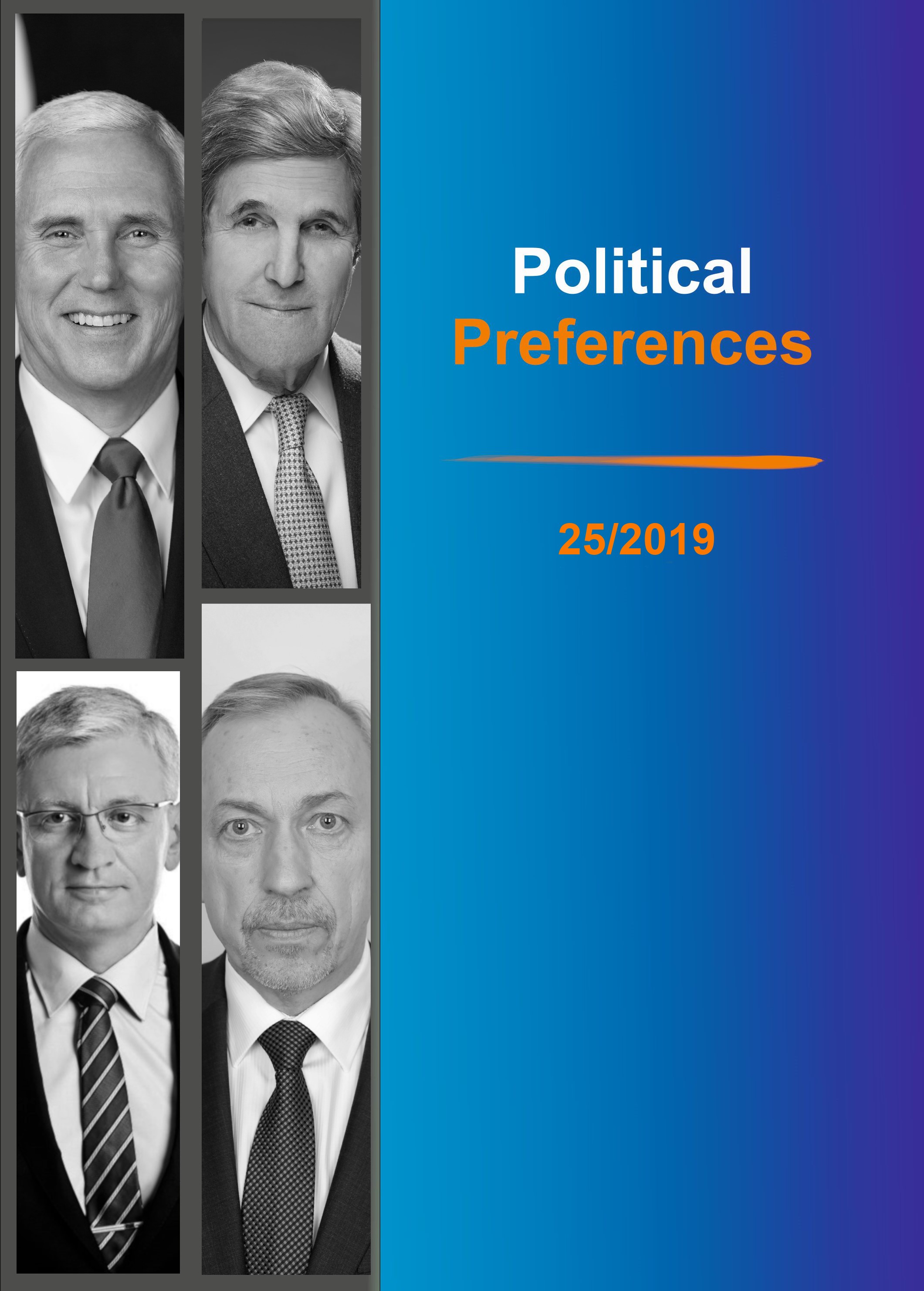

 https://doi.org/10.31261/polpre.2019.25.21-36
https://doi.org/10.31261/polpre.2019.25.21-36
This article uses Michael C. McGee’s concept of the ideograph to reflect Obama’s early foreign policy course regarding transatlantic relations. Specifically, the article draws on the ideograph “alliance” to demonstrate how the president redefined agents, acts, agencies, scenes, and purposes that fall within the rhetoric, thus informing how and why he changed US commitment to NATO. Analyzing Obama’s use of alliance serves to interpret his political choices as well as understand his ability to get the public to support them. By extension, a study of this nature offers a reading of the president’s perspective on US foreign policy and America’s global role.
Download files
Citation rules

No. 25 (2019)
Published: 2020-01-28
 10.31261/polpre
10.31261/polpre